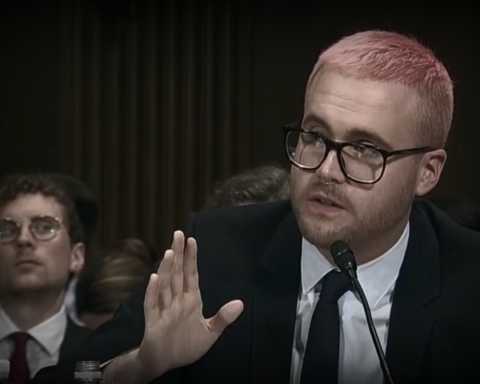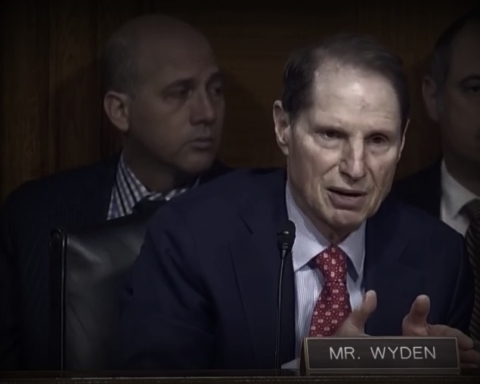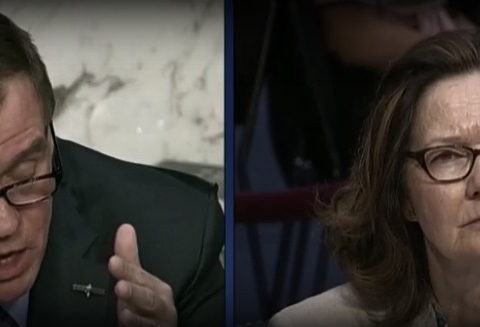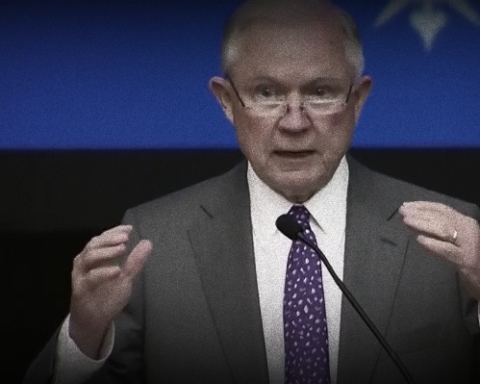The White House on Monday came out with reform proposals to placate anger fueling nationwide demonstrations sparked by a grand jury’s decision to let killer cop Darren Wilson off the hook. Among the initiatives touted by the administration was $263 million in funding for training and federal aid toward community policing. The sum includes $75 million for 50,000 body cameras. It would need to be approved by Congress.
But while cameras are often touted by reformers, they might not be enough to save those who fall prey to police violence–disproportionately, young black men.
In September, the White House voiced its approval for the recording devices in response to an online petition which, in the wake of the Ferguson incident, called for the federal government to mandate their use at state, county and levels. It was a policy that the administration had supported since long before the killing of Mike Brown, claimed Roy L. Austin, Jr., a White House staffer on Justice and Urban Affairs.
“In fact, for years, this administration has advanced the use of cameras, both body-worn and vehicular, and recognized the numerous benefits to making cameras available to law enforcement officers,” he wrote.
But set aside the fact that the widespread use of body cameras would be, effectively, another tool for a surveillance state, pushed by an administration that has embraced dragnet espionage (Austen did note the policy would have “privacy implications”). Video doesn’t seem to deter police misbehavior or serve the cause of accountability–even in the era of the smartphone, when police cannot reasonably expect that they will not be videotaped.
While the police who were caught on camera beating Rodney King had no idea they were being filmed, most cops caught on camera today can make no such claim. Yet they still heap wanton brutality upon those they’re ordered to protect and serve and get away with it.
In July, a 51 year-old woman, Marlene Pinnock, was filmed on the side of the Santa Monica Freeway being pinned down and repeatedly punched by California Highway Patrol officer Daniel Andrew. His punishment? Resignation. Taxpayers were left with the bill–a $1.5 million settlement to Pinnock for the mistreatment she endured.
That same month, 43 year-old Eric Garner was choked to death by New York City Police Department officer Daniel Pantaleo. Although Garner was being apprehended by five officers, a medical examiner ruled that his death was a homicide, and a friend of his recorded the incident just feet away, a grand jury may decline to indict Pantaleo.
And less than ten days ago, 12-year old Tamir Rice was fatally shot in a public park in broad daylight by a Cleveland police officer. Although a nearby resident called 911 to report that Tamir was holding a “probably fake” gun—it was indeed, a toy—a 26 year-old rookie cop opened fire within seconds of the squad car rolling up just feet from Tamir. Surveillance footage exposed the incident and the lies that Cleveland Police told in its immediate aftermath–brazen dishonesty that might have never come to the fore, if the department expected to be treated by prosecutors in an adversarial fashion.
All of these attacks were caught on tape, all of the victims were black, and all of the perpetrators escaped criminal punishment. And these are just a few recent examples of many.
But while this documented violence disproportionately terrorizes communities of color, white people, too, are not immune from the heavy, aggressive hand of the law.
In 2011, Kelly Thomas, a mentally ill homeless man, was viciously beaten to death in a parking lot by Fullerton, Calif. police officers. Again, the disturbing incident was captured by surveillance cameras, but Thomas’ assailants, Manuel Ramos and Jay Patrick Cicinelli, were acquitted by a jury.
In March 2014, Albuquerque, N.M. police officers shot and killed James Boyd, a 38 year-old mentally ill homeless man, and were absolved by their supervisors almost immediately afterward. No charges have been filed yet, although federal and local investigations are ongoing. Footage of the shooting was captured by the same type of camera that President Obama wants officers to wear.
The issue, thus, does not appear to be a systematic lack of solid evidence detailing police officers’ malicious intent or reckless behavior. If the Ferguson grand jury is any indication, the problem appears to be a lack of prosecutorial willingness to take on cops.
As law professor Marjorie Cohn described the situation on Truthout, St. Louis County prosecuting attorney Bob McCulloch, seemed to represent Darren Wilson “like a defense attorney delivering a closing argument in a jury trial.”
“McCulloch has a history of bias in favor of police involved in altercations with black men,” she said. “But, ignoring the pleas of 7,000 residents in and near Ferguson who signed a petition, McCulloch refused to recuse himself in the Wilson case.”
The way our criminal justice system is set up renders this practically inevitable. Cops work closely with prosecutors. They tend to be like-minded–a disturbing phenomenon when considering how the criminal justice system is biased against vulnerable communities.
There are political considerations in addition to professional ones, with elected county prosecutors needing to curry favor with law enforcement in order to secure endorsements and win elections. Such structural problems playing themselves out around the country will not simply go away if body cameras are introduced into the equation.






